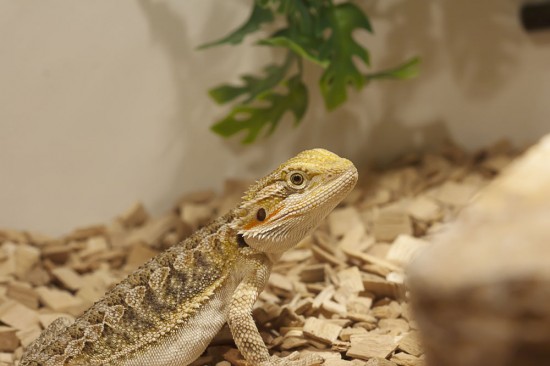
For many, the thought of beekeeping just makes them squeamish. You say bees and they immediately hear that tell tale buzzing sound and may even recall a childhood memory of their first sting. Those memories give most people an immediate chill. In reality, beekeeping is not as tough as many think. One of the things that makes this hobby much safer is the tools that have been created to go with it.
For instance, the beekeeping veil is one good example. Bee stings on the face (especially aroung the eyes) can be very sore, so the beekeeping veil is a particularly important piece of equipment.
This article will give you some insight into what other equipment you will need for beekeeping.
Bees need a home and for that there are beehives. The two general types are standard Langstroth type beehives and top bar beehives. While both will give a great home to the bees, the amount of overall honey production from each varies.
The top bar beehive is a simplistic, inexpensive, yet useful design. A honeycomb hangs from the top of a bar and can be easily cut out when it is ready to be harvested. The bees have to recreate the entire wax structure every time it is removed and as a result you get an overall higher wax yield.
Your typical Langstroth type beehive can be a bit more costly, but is a better option for higher honey production. Which one do the bees prefer? They are most concerned with their living quarters being dry and undisturbed, so the choice of which hive you get is really up to you.
Suit up or get stung! Beekeeping clothing is optional but strongly recommended. Your suit is comprised of a hat or helmet with a veil, sturdy gloves, a full jumpsuit, and even some high top boots. Keep in mind that even with all this on there is still a small chance you can get stung - if you keep bees, at some point you will get stung.
But the more you become familiar with your bees and the hive, the more confidence you will have and the chances of getting stung greatly reduce. This is why some beekeepers are able to go without some of this protective gear. Of course it can take years to achieve this level of confidence. As a beginner you will want to invest in the entire suit. You won't want just any old gloves or veil. The apparel comes specific to beekeeping and is designed in a way to give you the best protection.
Carpenters use a hammer, writers use a pen, and beekeepers use a hive tool. This tool is used to help open the hive and scrape the frames clean. The bee business can get a bit sticky and your hive tool will help you pry apart what ever gets stuck together that shouldn't be.
Spring, summer and even the fall your little friends will find their own dinner. But during the winter months things can be a bit scarce - especially if you've been taking their honey. For this you will want to get a bee feeder. This will provide the bees with the nutrition they need through those lean months.
In addition, you'll need a smoker to calm the bees, and tools to extract your honey. As you can see, there are many tools that all work together and a lot more to see beyond your beekeeping veil.
 Prescription Diets For Dogs Explained
Prescription Diet
Prescription Diets For Dogs Explained
Prescription Diet
 Canine Coronavirus (ccv) - Coronavirus In Dogs
Canine Coronaviru
Canine Coronavirus (ccv) - Coronavirus In Dogs
Canine Coronaviru
 Pet Friendly Accommodation
Many people today have pets and when it comes to vacati
Pet Friendly Accommodation
Many people today have pets and when it comes to vacati
 Health Issues Commonly Seen In German Shepherds
Health Issues Com
Health Issues Commonly Seen In German Shepherds
Health Issues Com
 Treating Mites In Pet Reptiles
Treating Mites In
Treating Mites In Pet Reptiles
Treating Mites In
Copyright © 2005-2016 Pet Information All Rights Reserved
Contact us: www162date@outlook.com